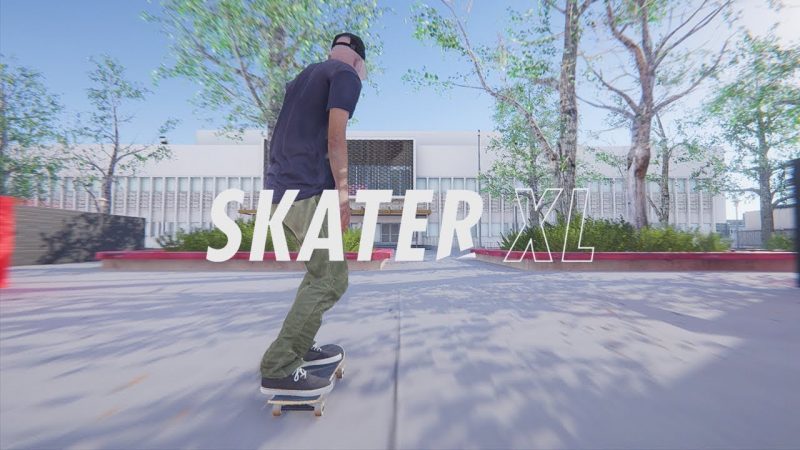

Since skis were a fairly accessible tool which linked people to nature and were generally good for health, over the years, skis undoubtedly found their place in sports. While this is not a maintained rink, an oval might be cleared for skating on the river just west of Bow Avenue.Looking into the history, we can see that the invention of skis were a result of human need to hunt in the wintertime which required moving in cold terrains. Flowing river means ice thickness varies dramatically from place to place, and day to day. This is the closest natural ice surface to the town of Banff. There is often thinner ice on the north and east edges of the pond where streams enter and exit the pond – use caution. The lake is large - be aware that help can be a long way away if you get into trouble.Ĭascade Pond is located off Lake Minnewanka Road, close to town. Bring boots to walk back or stay close to your starting point. Skaters can be pushed out by the winds and may not be able to skate back. Winds can be strong on this 30 km long lake.
#Pc ice skating game cracked#
As this is an artificial reservoir, water level varies throughout the winter and ice can be cracked near the shoreline. The west end of the lake, near the Lake Minnewanka Road, is the last part of the lake to freeze each winter. Because of its size and depth, it does not usually freeze over until well into mid-winter. Lake Minnewanka reservoir is northeast of the town of Banff on Lake Minnewanka Road. Pay close attention to where you skate as conditions can change with water flow changes beneath the surface. There is always open water and dangerously thin ice in this area. Stay well away (100 m at least) from the dam at the east end of the lake. Be aware that some areas on the lake have some thin sections and some open water.

This is another popular lake for skating off the Lake Minnewanka Road. Ice may be thinner at the west end of Johnson Lake near the foot bridge where a stream exits the reservoir. This lake can have a varying thickness of ice as with all natural ice surfaces. Located east of the town of Banff, off the Lake Minnewanka Road, Johnson Lake is a popular skating area. At Third Vermilion Lake, avoid the area east of the dock. Warm springs keep some parts of these lakes open do not assume an even thickness. Signal for help.Īccessible from the Vermilion Lakes Drive, these lakes are near the town of Banff, just west of Mt. Move the person to a safe position on shore or where you are sure the ice is thick.Have the person kick while you pull them out.Remaining low, extend or throw your emergency rescue device (pole, rope, line or branch) to the person.When near the break, lie down to distribute your weight and slowly crawl toward the hole.pole, weighted rope, line or tree branch). Bring something to reach or throw to the person (e.g. If you go onto ice, wear a PFD and carry a long pole or branch to test the ice in front of you.Check if you can reach the person using a long pole or branch from shore – if so, lie down and extend the pole to the person.Consider whether you can quickly get help from trained professionals (police, fire fighters or ambulance) or bystanders. The safest way to perform a rescue is from shore. Rescuing another person from ice can be dangerous. Continue kicking your legs, and crawl onto the ice.Kick your legs to try to get your body into a horizontal position. Reach forward onto the broken ice without pushing down.Turn yourself toward shore so you are looking at where you entered onto the ice. Resist the immediate urge to climb back out where you fell in.If you get into trouble on ice and you're by yourself: The grayness indicates the presence of water. Opaque ice is formed by wet snow freezing on the ice. White opaque or snow ice is half as strong as blue ice.The colour of ice may be an indication of its strength:

logs, rocks and docks absorbing heat from the sun.Many factors affect ice thickness, including type of water, location, the time of year and other environmental factors such as:



 0 kommentar(er)
0 kommentar(er)
